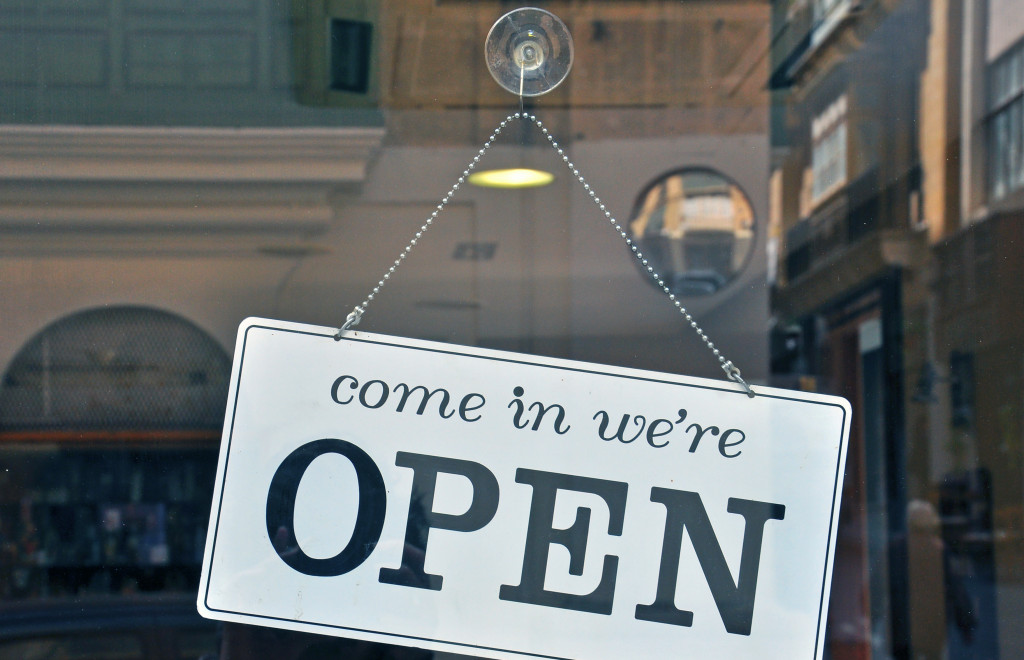- The US retail sector is competitive, and stores struggle due to changing consumer behaviors and online shopping.
- Hidden factors causing financial loss include ineffective inventory management and poor pricing strategies.
- Bad customer service, inadequate marketing, poor staff management, and lack of proper uniforms harm profitability.
- Retail stores can save money by investing in inventory tools, adjusting pricing, and improving customer experience.
- Allocating the marketing budget, ensuring staff engagement and training, and partnering for uniform rental can boost profits.
Running a retail store is a challenging task that demands consistent efforts to sustain it long-term. But it can be heart-wrenching to see profits dwindle, no matter how hard you work to make things work. There are several reasons why retailers could be losing money. Unfortunately, some reasons are often hidden and unnoticed. As a retailer, you must be aware of all culprits that could be quietly and steadily draining your finances. Here’s a look into the industry today, hidden reasons your retail store is losing money, and ways you can save money in your store.
Retail Stores Today
It’s estimated that there are over a million retail stores in the United States alone, with thousands of new stores opening every year. With such a competitive market, it’s no wonder that retailers constantly struggle to keep up and maintain their financial stability. From online shopping to changing consumer behaviors, retail stores face various challenges in today’s market.
Hidden Reasons for Financial Loss
While some reasons for financial loss may be obvious, there are also hidden factors that contribute to a retail store’s declining profits. Here are some of them:

1. Inadequate Inventory Management
One of the primary reasons that retail stores lose money is inadequate inventory management. Retailers should always keep a close eye on their inventory. Overstocking or understocking items can lead to losses, slow inventory turnover, or product expiration. If a retailer buys too much inventory and does not sell it, they tie up capital they could use for other essential activities in the store. To overcome this problem, retailers must invest in inventory management tools to track and analyze inventory levels, and sales trends, and forecast demand.
2. Unoptimized Pricing Strategies
Poor pricing strategies can hurt any retail business’s growth and profits. Pricing too high could lead to fewer sales while pricing too low leads to lower margins and challenges in meeting overhead costs. Your retail store needs to know what competitors offer and adjust pricing strategies to remain competitive. Retailers must consider several factors, including acquisition costs of goods, storage and handling fees, promotions and discounts, and seasonal demand, to determine the best pricing strategy.
3. Poor Customer Experience
It is essential to keep your customers happy, regardless of the type of retail store you operate. Dissatisfied or frustrated customers quickly voice their displeasure online or in person, damaging a retailer’s reputation and profits. Research has shown that a 5% increase in customer retention could lead to a 25% increase in profits. Retailers must invest in offering a memorable customer experience that ensures repeat business, creates customer loyalty, and attracts new customers.
4. Inadequate Marketing Efforts
Marketing is essential to driving sales and profits for any retail store. Many retail stores don’t invest much in marketing their products or services and rely on word of mouth for sales. However, in today’s world, retailers must put their brands out there consistently and frequently to break through the clutter of competitors’ marketing efforts, especially in the digital age. Retailers must allocate budgets for marketing, experiment with various advertising channels, and constantly monitor the return on investment (ROI) for each marketing campaign.

5. Poor Staff Management
The staff plays an essential role in the success or failure of any retail store. Poorly trained or disengaged employees could cause potential sales and drive customers away. Retailers must ensure their employees are well-trained, knowledgeable, and engaged and provide regular feedback to improve their performance. Happy employees often translate into happy customers, making well-managed staff a crucial factor in any retail store’s profitability.
6. Uniforms
Lastly, the most overlooked reason for financial loss in retail stores is the lack of proper employee uniforms. While it may seem like a minor factor, the appearance and presentation of employees can significantly impact a customer’s perception of a retail store. Perception plays a significant role in attracting and retaining customers, ultimately leading to profits. Consider partnering with a local uniform rental business to decrease costs while increasing profits. They can provide stylish and well-maintained uniforms for a monthly fee, removing the expenses of purchasing and maintaining employee attire.
Ways to Save Money in Your Retail Store
If you want to cut costs and maximize profits, here are some tips to consider:
- Invest in inventory management tools
- Regularly review and adjust pricing strategies
- Focus on providing an exceptional customer experience
- Allocate a budget for marketing efforts and track ROI
- Train and engage employees to improve their performance
- Partner with local uniform rental businesses for cost-effective staff attire solutions.
By implementing these strategies, you can reduce costs and improve your retail store’s profitability for years. Remember, it’s not just about increasing sales; it’s also about effectively managing expenses to maximize profits. With careful attention to all aspects of your business, you can overcome the hidden reasons for financial loss and ensure long-term success for your retail store.
